Meet the world’s biggest sloth
by Scott Dutfield · 25/02/2019
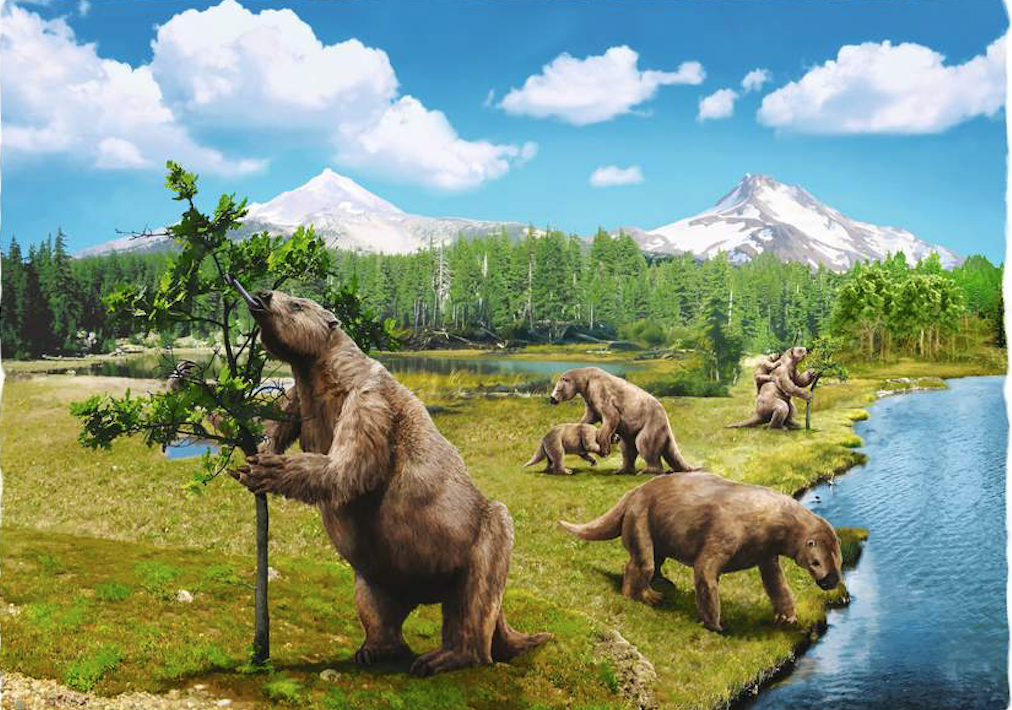
One of the biggest land mammals that ever existed, the giant ground sloth roamed the Earth for millions of years
Towering over the Cenozoic flora of South America, a sloth the size of an elephant stomps across the wilderness. Megatherium – or the giant ground sloth – was one of many megafauna species to roam prehistoric Earth and could grow to around six metres in length from head to tail. Unrecognisable from their modern-day relatives, these ground sloths only had to stand on their hind legs to reach the treetops. The Megatherium’s elongated claws led biologists to once believe that these giants not only feasted on leafy greens but also the flesh of other animals. However, after analysing the collagen in their fossil remains, it was revealed that these mighty mammals were in fact herbivores and most likely used their long curved claws to grasp onto vegetation.
It wasn’t until the Isthmus of Panama (a narrow strip of land formed by the growth of volcanic islands and tectonic activity) bridged the gap between North and South America – separating the Atlantic and Pacific oceans in the process – approximately 3 million years ago that the Megatherium and other South American megafauna could migrate north. It’s estimated that giant sloths evolved during the Eocene and existed for nearly 35 million years before facing extinction at the end of the last ice age around 11,700 years ago. Many large mammal species started to go extinct at around this time, including woolly mammoths, sabre-toothed cats and dire wolves. The prevailing theory is that the megafauna extinction was the combined result of climate change and human hunting.
5 Facts about other mighty megafauna
Moa
These large birds were completely flightless, void of any wing bones. Some members of the many species of moa stood at
three metres tall.
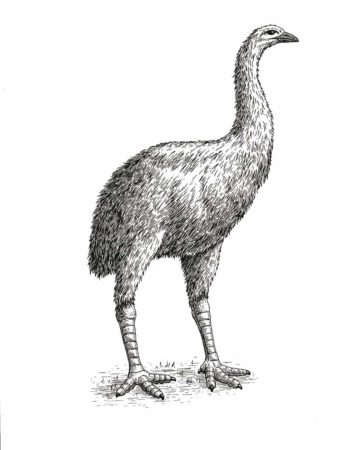
Irish elk
Mistakenly named an elk, this giant deer was, in fact, one of the largest of its kind to ever exist. Specimens could reach over two metres from hoof to shoulder, with antlers that could span more than 3.5 metres.
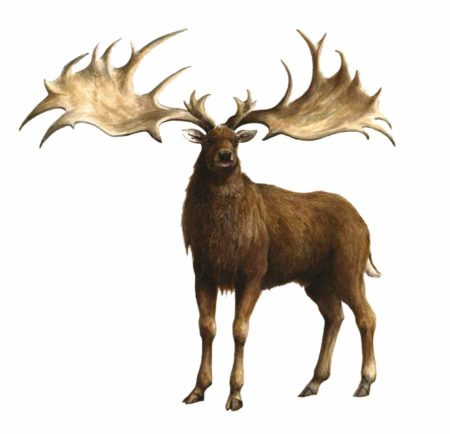
Glyptodon
Weighing about one ton and measuring three metres nose to tail, this heavily armoured armadillo ancestor was covered in bony scutes for protection against predators.
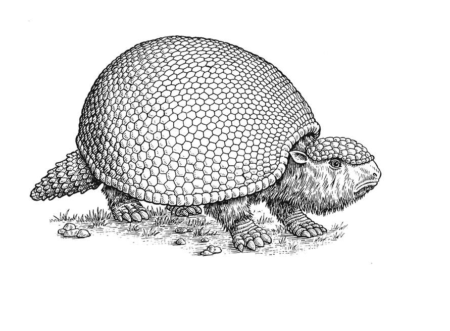
Diprotodon
The largest marsupial to have ever lived roamed across the plains, woodlands and savannahs of prehistoric Australia. These two-metre-tall, four-metre-long wombats weighed approximately three tons.
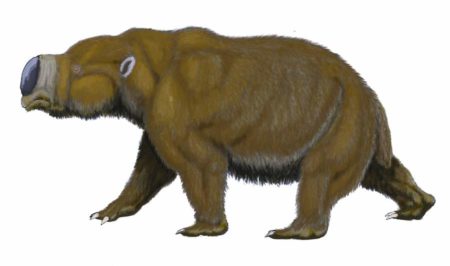
Mammoth
These extinct elephants could reach epic proportions. The woolly mammoth was roughly the size of the modern-day African elephant, but the Steppe mammoth could reach 4.5 metres in height.
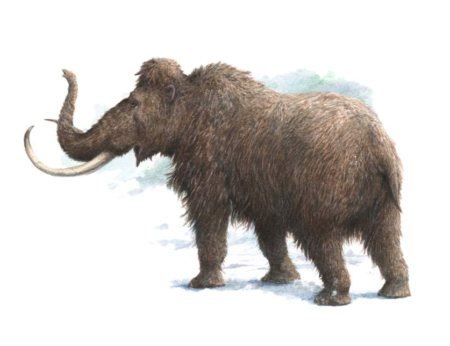
This article was originally published in How It Works issue 115
For more science and technology articles, pick up the latest copy of How It Works from all good retailers or from our website now. If you have a tablet or smartphone, you can also download the digital version onto your iOS or Android device. To make sure you never miss an issue of How It Works magazine, subscribe today!





